February is for the Birds
Posted by Jane Metters LaBarbara.February 27th, 2019
Blog post by Jane Metters LaBarbara, Assistant Curator, WVRHC
Happy National Bird-Feeding Month, everyone!
February was initially proposed for this month-long observance because winter can be a hard time for birds to find food (more on the official resolution here: https://en.wikipedia.org/wiki/National_Bird-Feeding_Month). The month is now celebrated by the National Bird-Feeding Society and bird enthusiasts across the country. The WVRHC has a few collections about birds and birding that will be of interest to other hobbyists and scholars.
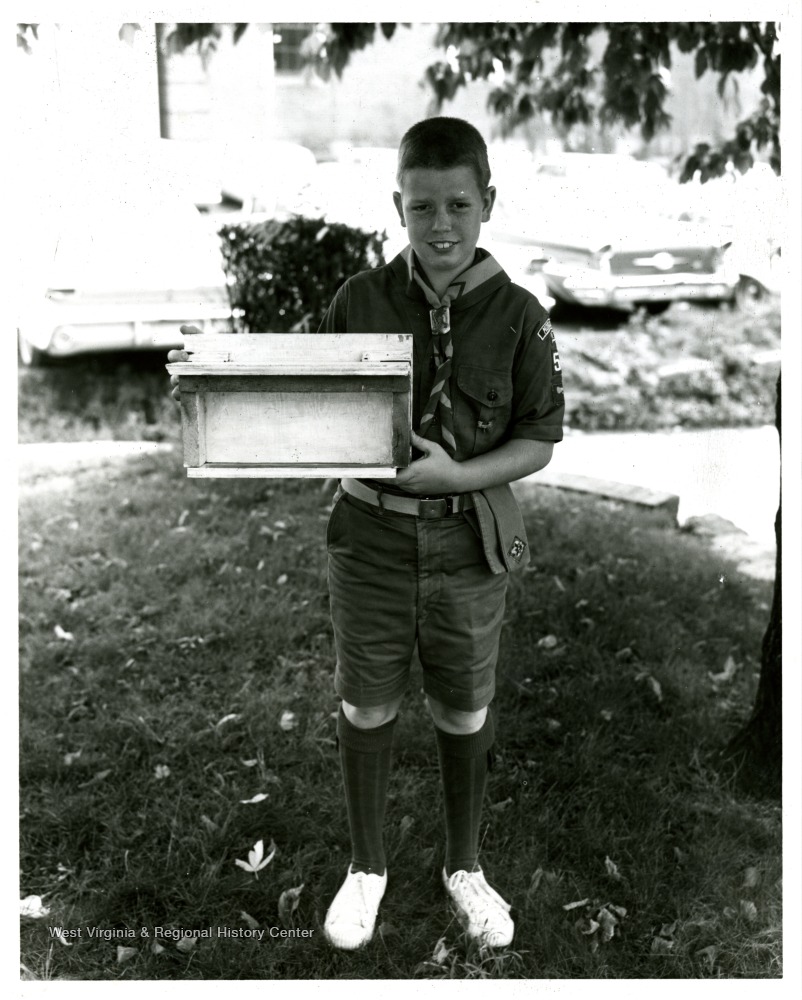
West Virginia has two extant chapters of the National Audubon Society—the Mountaineer chapter based in Morgantown, and the Potomac Valley chapter based in Shepherdstown. The Mountaineer Chapter, chartered in 1971, gave some of its records to the WVRHC.
The Mountaineer Chapter created a packet titled “Identifying and Feeding Your Winter Birds.”
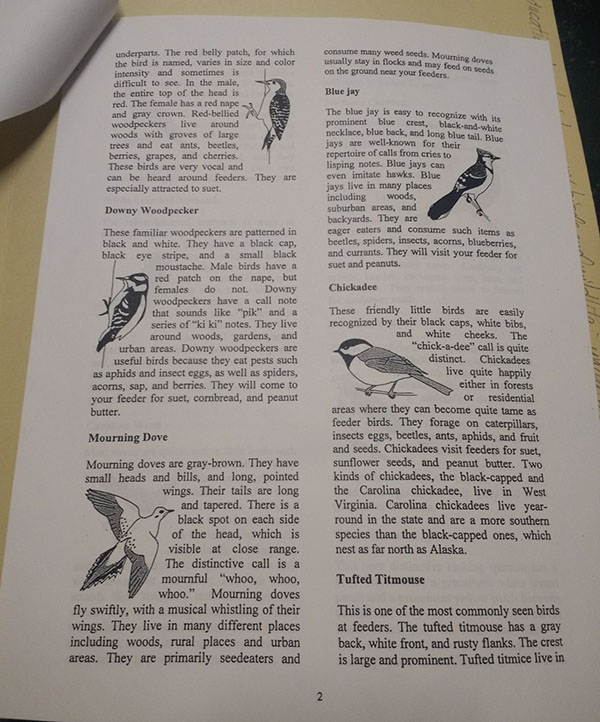
They let people know what birds to expect in the winter, and some useful facts about them.
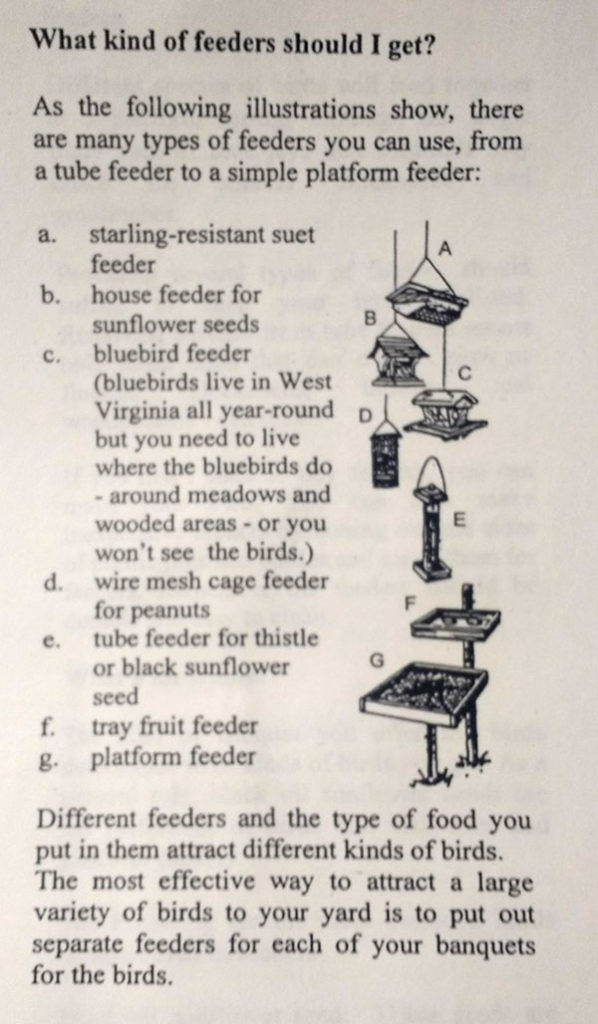
The packet also gives a quick primer on the types of feeders you can use. (No word yet on which feeder will keep the raccoons away from my suet.)
Other accomplishments reflected in the chapter records are bird counts and activism, including an interim report for the ca. 1984-1985 Morgantown Screech Owl Habitat Improvement Research Project.
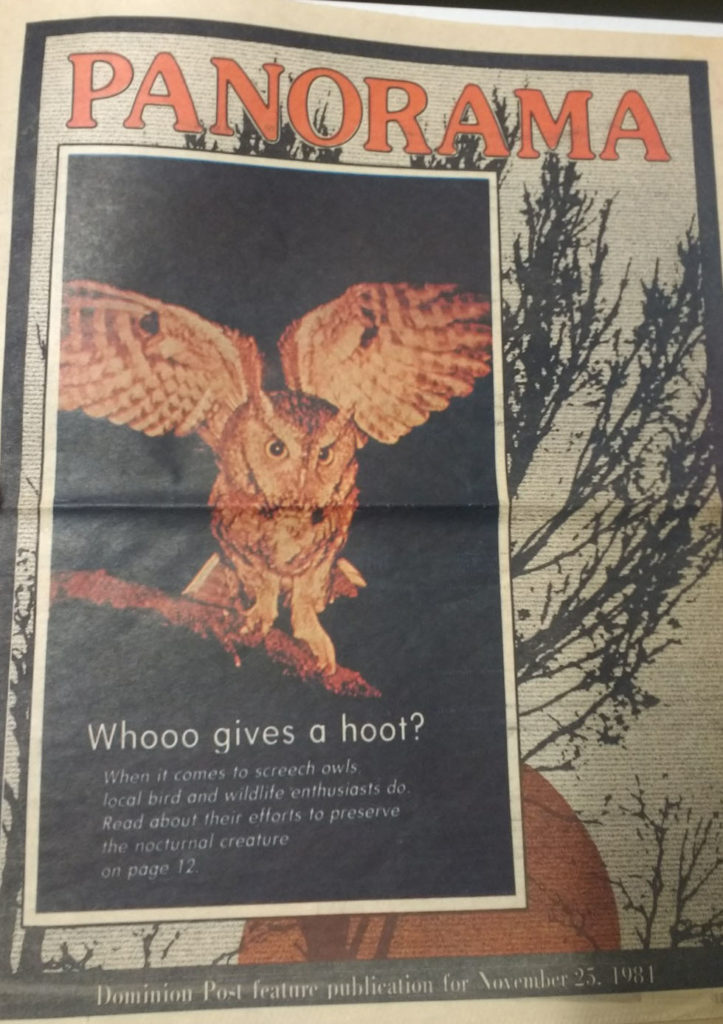
The WVRHC also has the collections of Earl A. Brooks (WVU class of 1897) and Maurice Brooks (WVU professor from 1932-1969), both of whom had a keen interest in birds. Earl kept notebooks recording his and co-workers notes on sites where specific species were observed, nesting sites, habits, etc. His notes really helped Maurice Brooks with his work—in his A Check-List of West Virginia Birds, he writes, “Special use has been made of unpublished notes of Rev. Earle [sic] A. Brooks and of Professor E. R. Grose.” Below are two of the maps from Earl’s papers, and text for those same birds out of Maurice’s work a few decades later.
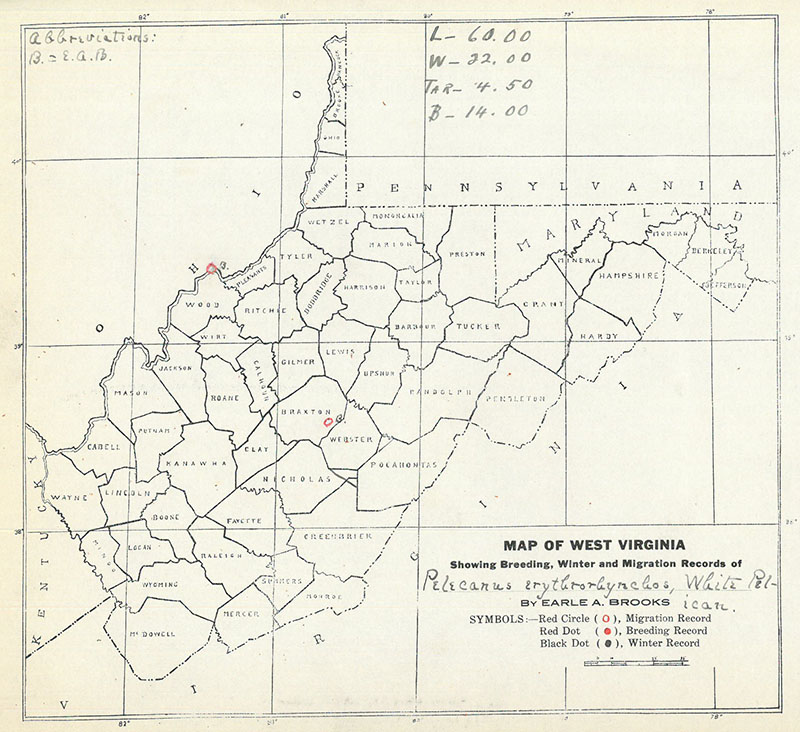
Pelicanus erythrorhynchos, or White Pelican: “Of accidental occurrence in the state. Two records for this species were made during the last week in April 1910. E. A. Brooks examined one of two specimens taken in Braxton County on April 23, 191, and mounted by E.J. Hughes. Dr. Roy Bird Cook noted a flock along the Ohio River in Wood County during the same week. In the autumn of 1943 a single individual spent some weeks along the Great Kanawha River, near Charleston, Kanawha County, where it was seen by hundreds of persons. The West Virginia University Museum* has a specimen taken by a Mr. Dawson along the Cacapon River, Morgan County.”
*Blogger’s note: WVU doesn’t have just one museum, and I don’t yet know which of them might have a white pelican specimen.
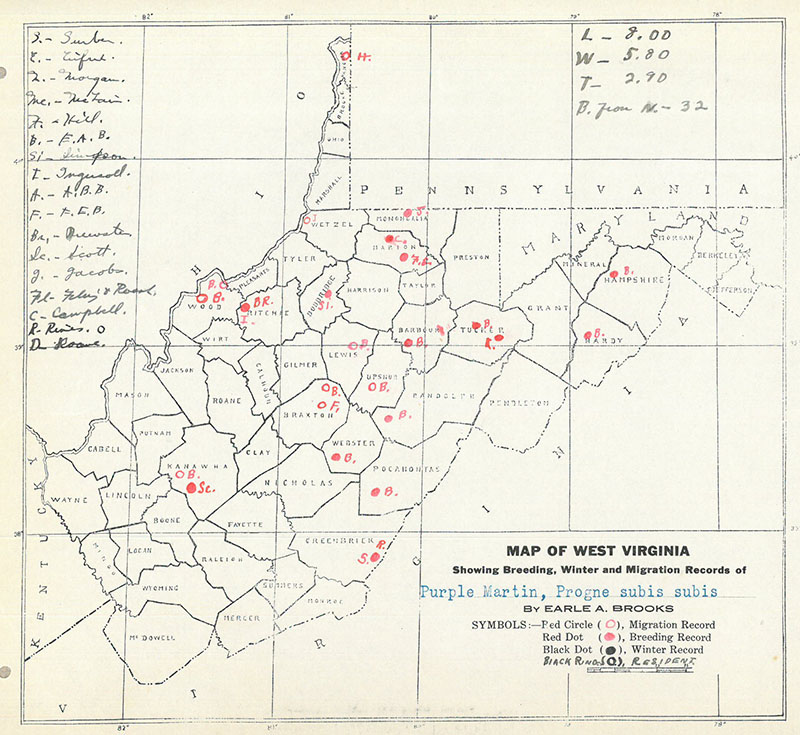
Progne subis subis, or Purple Martin: “Local summer resident, seemingly much more restricted in range than formerly. Its colonies are scattered throughout the state, save in areas of heavy forest.” (The National Audubon Society website confirms this species is still somewhat in decline today.)
Anyone who wants to begin backyard bird feeding may not need more than some seeds and a feeder to get started, but knowledge of what birds you are likely to attract can make it easier to find the right types of feeders and food. Additionally, birdwatchers who keep tabs on the population can help identify problematic declines and help keep an eye on bird habitats. If you want to learn more about early 1900s bird populations in West Virginia or more modern bird-related activism, drop by and check out our collections.
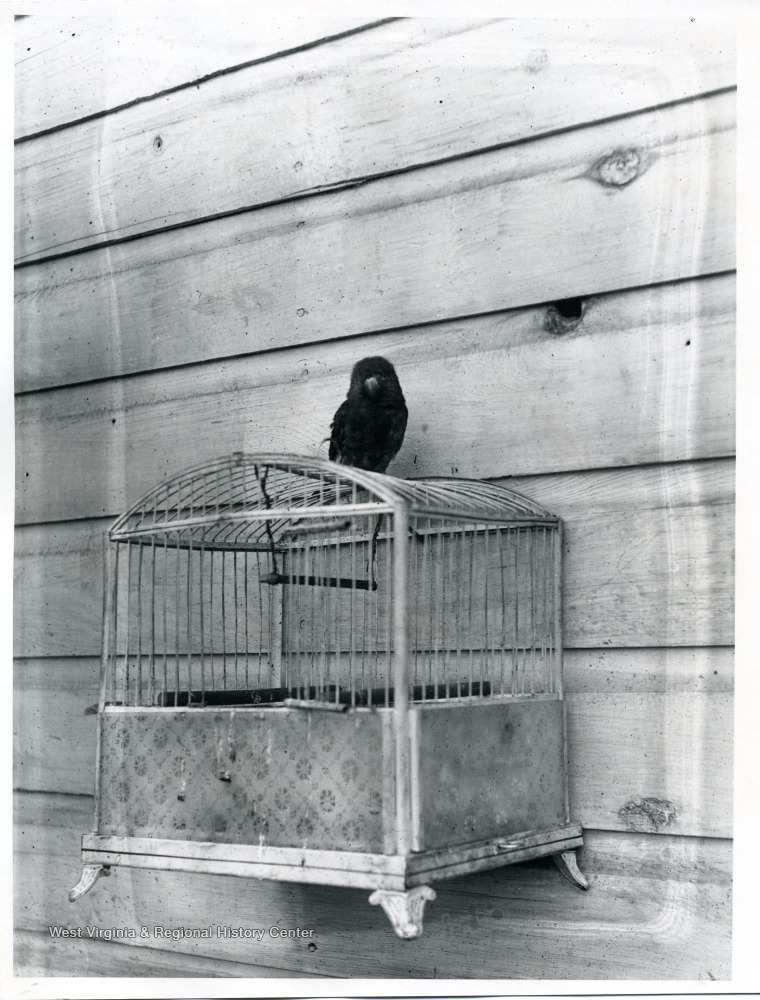
References:
Brooks, Maurice. A Check-List of West Virginia Birds. Agricultural Experiment Station, College of Agriculture, Forestry, and Home Economics, West Virginia University, 1944. (Bulletin 316)





